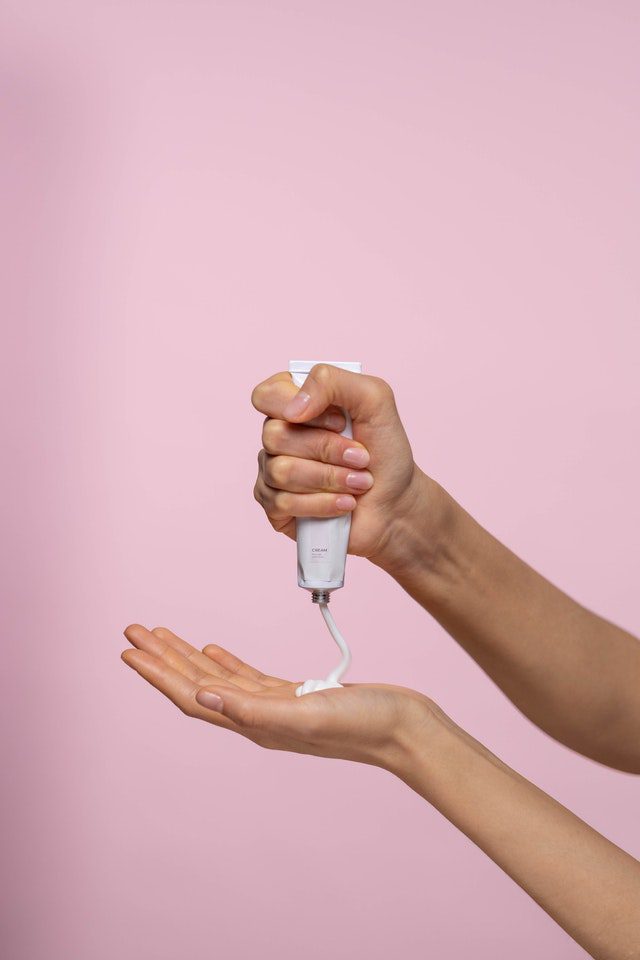Uses
Topical gentamicin is used in adults and children 1 year of age and older to treat skin infections caused by certain bacteria. Topical gentamicin is in a class of medications called antibiotics. It works by killing bacteria that cause infections.
Side Effects Of Gentamicin Topical
Topical gentamicin cause side effects. Tell your doctor if any of these symptoms are severe or do not go away:
Some side effects can be serious. If you experience any of these symptoms, stop using topical gentamicin and call your doctor immediately:
- warmth, swelling, oozing, or other signs of new skin infection in the area where you applied the medication
It may cause other side effects. Call your doctor if you have any unusual problems while taking this medication.
Warnings & Precautions
Before using topical gentamicin:
- tell your doctor and pharmacist if you are allergic to gentamicin; other aminoglycoside antibiotics such as amikacin, kanamycin, neomycin (in Cortisporin, in Neosporin), paromomycin, streptomycin, and tobramycin (Tobrex, Tobi); any other medications; or any of the ingredients in gentamicin cream or ointment. Ask your pharmacist for a list of the ingredients.
- tell your doctor and pharmacist what other prescription and nonprescription medications, vitamins, nutritional supplements, and herbal products you are taking or plan to take. Your doctor may need to change the doses of your medications or monitor you carefully for side effects.
- tell your doctor if you have or have ever had any medical condition.
- tell your doctor if you are pregnant, plan to become pregnant, or are breastfeeding. If you become pregnant while using topical gentamicin, call your doctor.
Gentamicin Topical Dosage
Topical gentamicin comes as a cream and an ointment to apply to the skin. It is usually applied to the affected area 3 to 4 times a day. Use topical gentamicin at around the same times every day. Follow the directions on your prescription label carefully, and ask your doctor or pharmacist to explain any part you do not understand. Use it exactly as directed. Do not use more or less of it or use it more often than prescribed by your doctor.
Topical gentamicin is only for use on the skin. Be careful not to get the medication in your eyes.
To use topical gentamicin, apply a small amount of medication to cover the affected area of skin with a thin, even film and rub in gently. The area may be covered with a gauze dressing or gelatin packing if your doctor has told you to do so.
If you are using it to treat impetigo contagiosa (a bacterial skin infection common in young children), gently remove any crusts from the infected skin before applying the medication.
Your symptoms should begin to improve during the first few days of treatment with topical gentamicin. If your symptoms do not improve or get worse, call your doctor.
Other
Do not let anyone else take your medication. Your prescription is probably not refillable. If you still have symptoms of infection after you finish topical gentamicin, call your doctor.
It is important for you to keep a written list of all of the prescription and nonprescription (over-the-counter) medicines you are taking, as well as any products such as vitamins, minerals, or other dietary supplements. You should bring this list with you each time you visit a doctor or if you are admitted to a hospital. It is also important information to carry with you in case of emergencies.
Source
All information has been provided courtesy of MedLinePlus from the National Library of Medicine and from the FDA.



